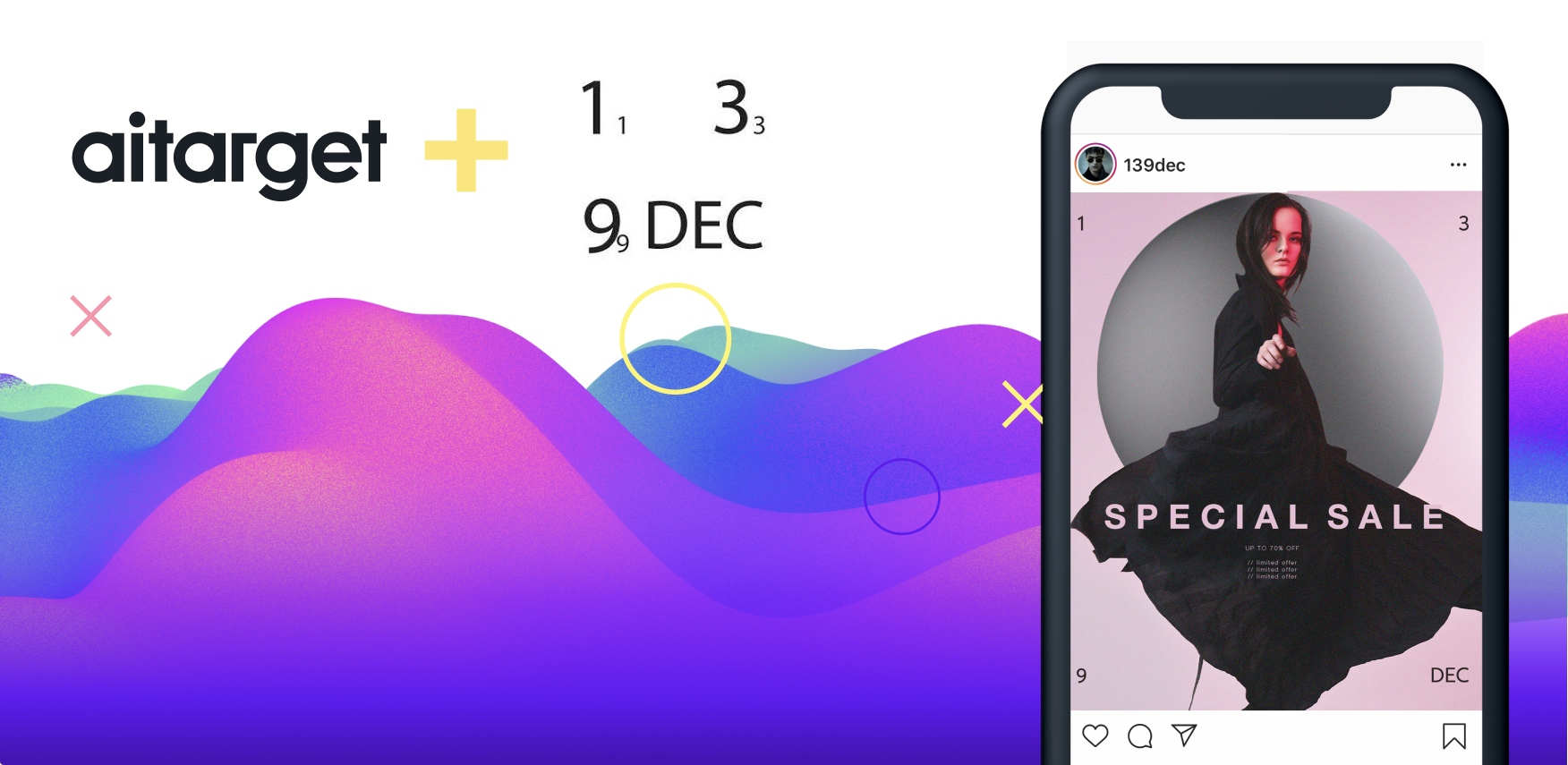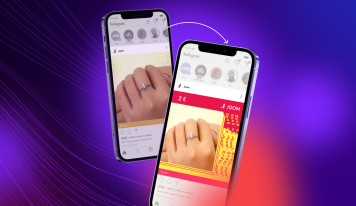Aitarget, a Facebook marketing partner, managed to decrease cost per purchase for 139DEC’s online store by 70% simply by making a few improvements to the settings of their Facebook and Instagram campaigns.
This article was first published on medium.com
Cold audience acquisition on Facebook and Instagram can be tricky for e-commerce brands since customers are constantly bombarded by offers. Brands end up suffering from high costs on customer acquisition.
However, Aitarget has proven it is possible to quadruple your results by just fine-tuning campaign settings. Keep reading to find out how!
The case of real eCommerce
We collaborated with 139DEC, a fashion brand with their own production and global delivery, and key markets in the US and the UK. They had two problems: average spending on cold audience engagement exceeded their KPI (between January 1 and February 13), and creative diversity was limited.
To break this trend, Aitarget and 139DEC developed a range of hypotheses as well as a step-by-step plan.
- Partner, 139DEC:
We have a small in-house marketing team, so working with high-ticket products on specific audiences and global markets was a real challenge for us. We really like how the process of working with Aitarget looks like: weekly calls with their internal team, step-by-step plans tailored for our product and audience. And, of course, their huge background helps us generate new ideas on how we can use Facebook ads to their full potential.
- Сlient partner, Aitarget:
The client came to us with the specific task of decreasing CPP on a cold audience. We reviewed their campaigns, developed a strategy of tests for each funnel stage (cold, warm, hot), and started the consistent implementation of each hypothesis.
Campaign summary
What we did first was split the audience into two categories: Lookalike and Interest-Based.
The Lookalike Audience was created based on current customers’ emailsand Facebook Pixel data on the website’s Purchase event. We merged the lookalikes from both sources into one ad set so that the algorithm could learn from a broader pool of data.
The core of the second ad set targeting was fashion-related interests and excluded all Lookalikes.
We then rolled out two campaigns: one for Conversions and a second for Catalogue Sales.
They were optimized based on the following principle: eliminate excessive ad sets through consolidation to ensure maximum placement and audience liquidity. As such, there were just two ad sets in each campaign.
After, we enabled automatic placements, which is considered the best practice. It allows the algorithms to optimize impressions across multiple platforms within the ecosystem, delivering the ad when and where it is best and cheaper to reach users within the target audience.
For handling the campaign budget, we recommended Campaign Budget Optimization (CBO). The tool lets you set the overall campaign budget and then uses algorithms to dynamically distribute the budgeted funds between ad sets based on their effectiveness.
For the Conversions campaign, we used 139DEC’s branded videos and images. For Dynamic Ads in the Catalogue Sales campaign, we enriched product images with overlays of additional data (sale price) made with Aitarget Tech.

After the launch, we monitored the effect constantly.
Сlient partner, Aitarget:
The Aitarget team monitored the campaigns on a regular basis using automations that notified us all if ad sets brought results that exceeded KPI. We organized weekly syncs with 139DEC to discuss the results and new hypotheses. We turned off ads that didn’t satisfy us with their performance and scaled the ones which showed potential for reaching CPP and ROAS goals. This approach helped us to scale the number of purchases while decreasing CPP.
The final result? CPP on cold audiences went down by 77% (between February 14 and March 31).











